This content is restricted to subscribers
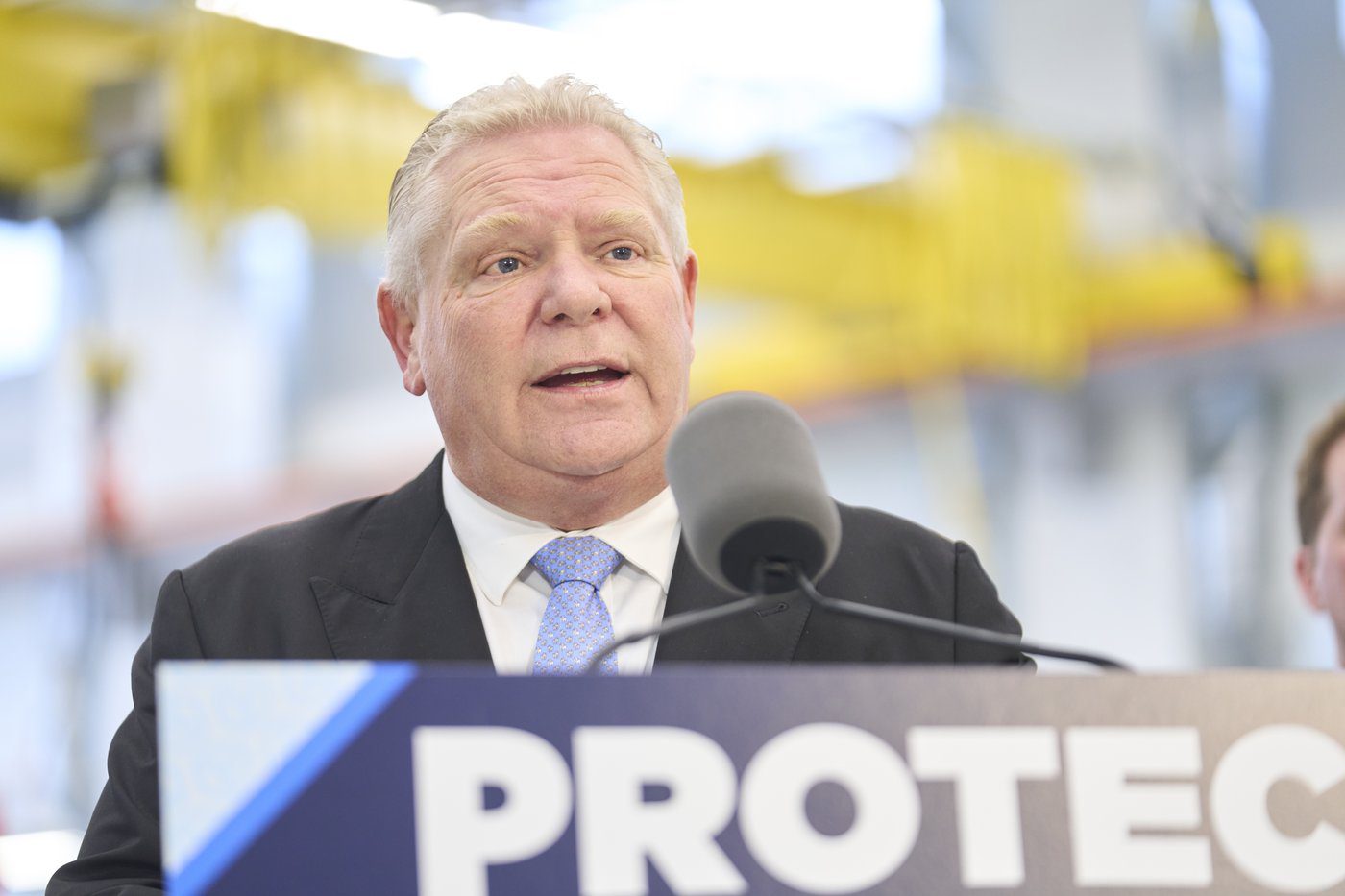
The views, opinions and positions expressed by columnists and contributors are the author’s alone. They do not inherently or expressly reflect the views, opinions and/or positions of our publication.

This content is restricted to subscribers
The views, opinions and positions expressed by columnists and contributors are the author’s alone. They do not inherently or expressly reflect the views, opinions and/or positions of our publication.
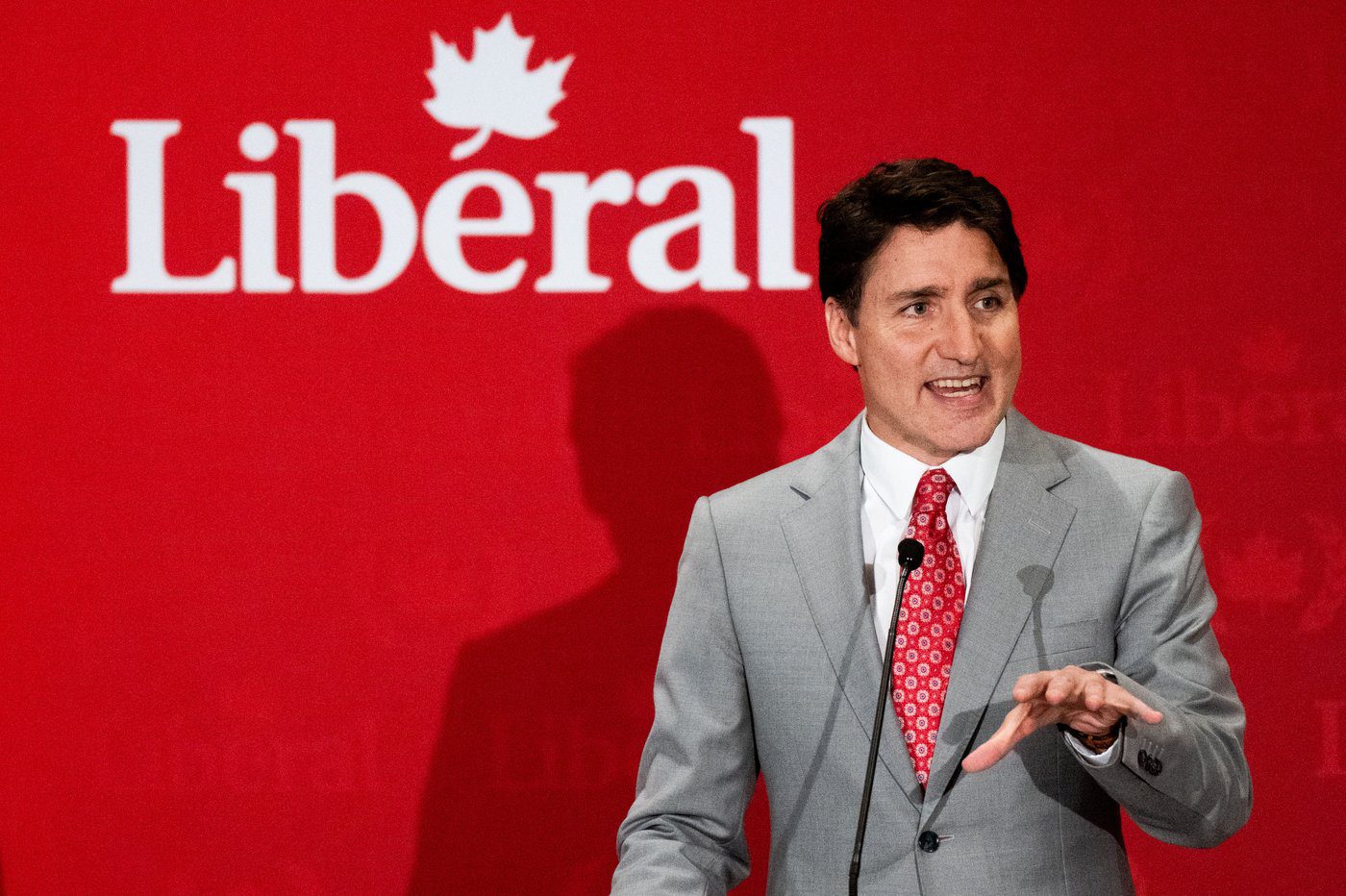
This content is restricted to subscribers
The views, opinions and positions expressed by columnists and contributors are the author’s alone. They do not inherently or expressly reflect the views, opinions and/or positions of our publication.
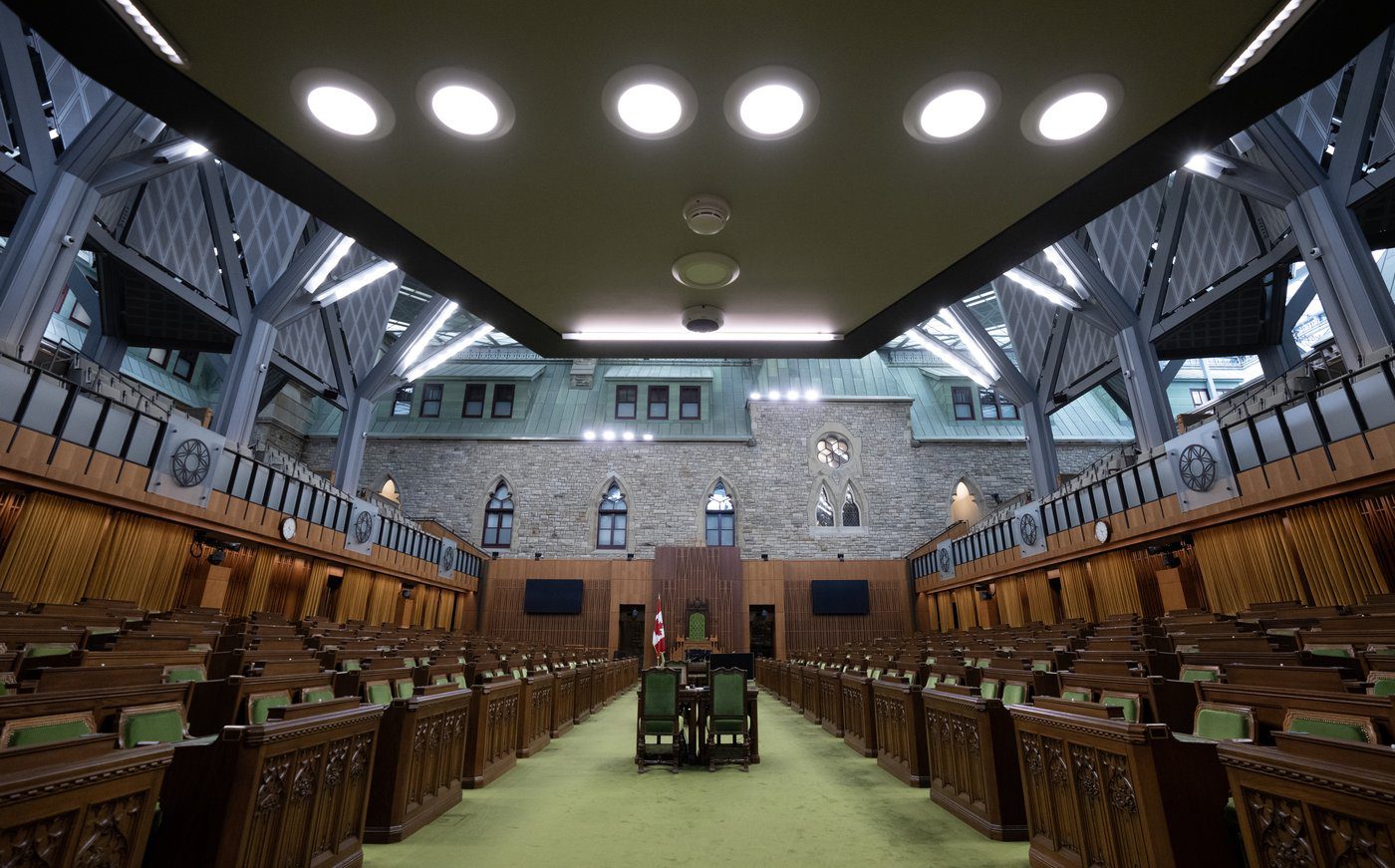
This content is restricted to subscribers
The views, opinions and positions expressed by columnists and contributors are the author’s alone. They do not inherently or expressly reflect the views, opinions and/or positions of our publication.
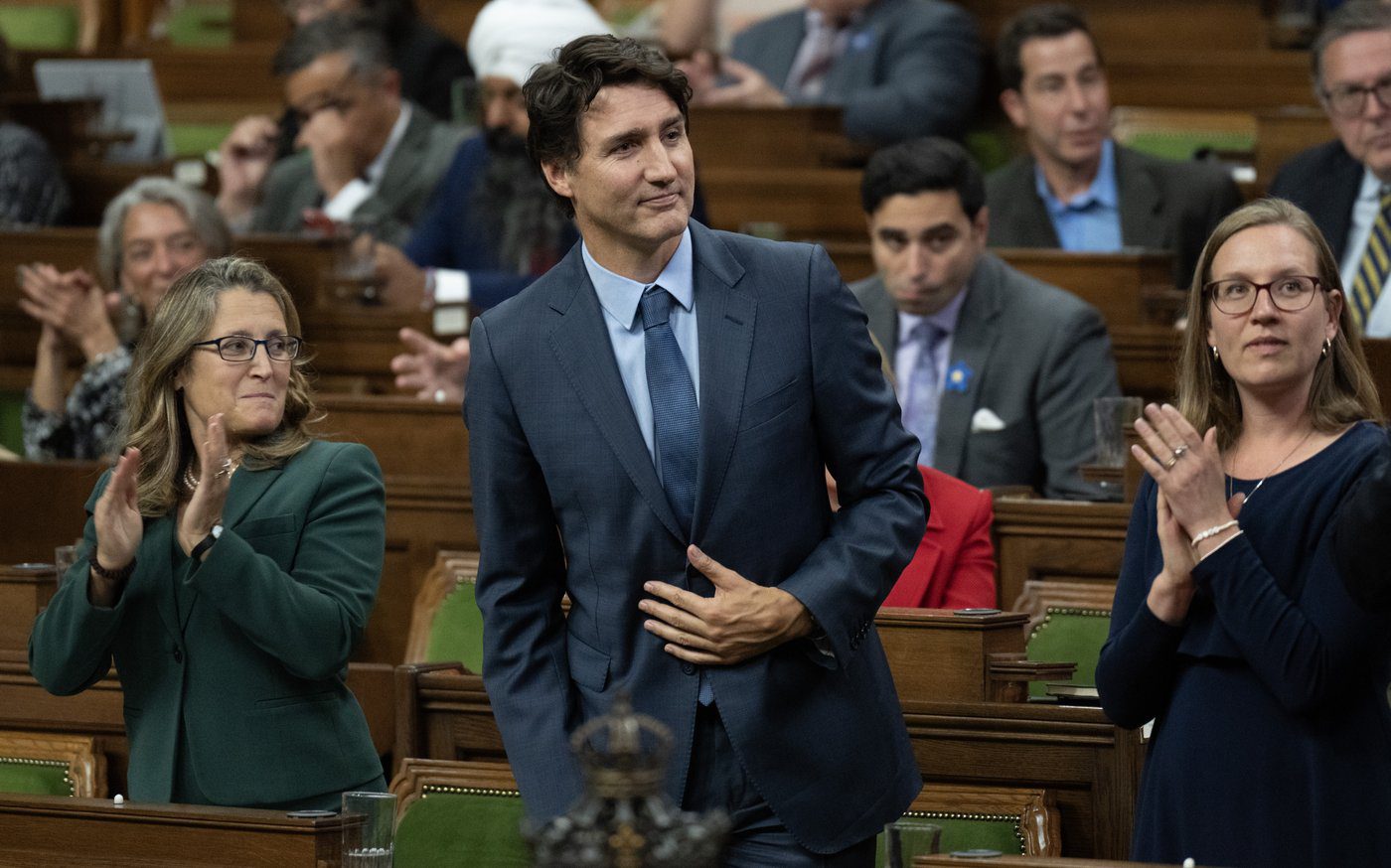
This content is restricted to subscribers
The views, opinions and positions expressed by columnists and contributors are the author’s alone. They do not inherently or expressly reflect the views, opinions and/or positions of our publication.
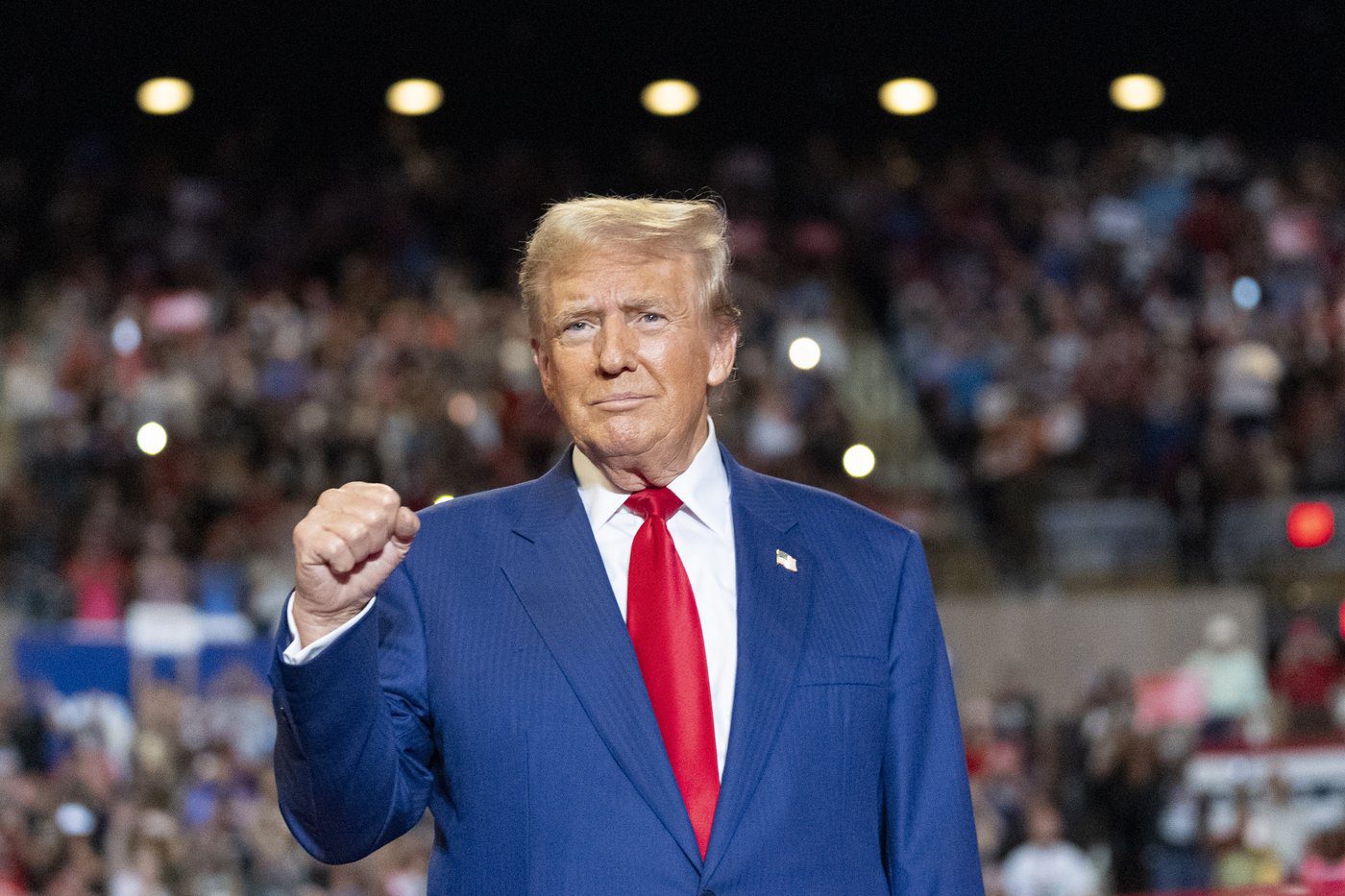
The Economist recently examined the after-effects of the Sept. 10 debate between former U.S. Republican president Donald Trump and Democratic vice-president Kamala Harris. More specifically, the venerable publication highlighted what it viewed as Harris’s post-debate bounce.
According to the Sept. 21 piece, The Economist’s poll tracker showed “Kamala Harris’s nationwide lead over Donald Trump has widened to 4.5 percentage points, from 3.8 points on September 10th, the day of their debate. A 0.7-point improvement is small but potentially significant, and gives Ms Harris her biggest lead yet in our tracker.” The magazine also noted that “it takes a while for new polls to show whether the debate moved the needle on polling averages. The needle has now budged.” It even suggested “the true picture may be even rosier for Ms Harris than aggregated scores suggest, since her bounce is still held down by pre-debate polling.”
While this sounded promising, The Economist also recognized that Harris’s post-debate bounce “comes with two caveats.” The first one was straightforward, “it is not the popular vote that determines who wins, but the electoral college, where the outcome will hinge on a handful of swing states.” It’s a point that many political observers either ignore or conveniently forget when it comes to U.S. presidential elections. As for the second caveat, it was even simpler: “a lot could still change.”
That’s exactly what has happened.
A Sept. 24 CNN/SSRS poll noted that “48% support Harris and 47% Trump, a margin that suggests no clear leader in the race.” FiveThirtyEight listed Harris ahead of Trump 48.3 to 45.8 percent as of Sept. 24, which is a margin of error. RealClearPolitics, which is an aggregate, had Harris in front by 47.9 to 45.8 percent on Sept. 24 – and listed Trump ahead by one percent in a recent Quinnipiac poll.
What does this mean? Harris’s post-debate bounce has been supplanted by Trump’s post-post-debate bounce. That’s not terribly surprising: no matter who had won the Sept. 10 debate, an election bounce was always going to be short-lived.
Winning a modern presidential debate is nearly impossible. Political leaders and parties go through massive amounts of preparation for potential questions and follow-ups. While the chances of a knockout blow are very slim, candidates still learn canned (or memorized) lines, facts and figures to hopefully score some quick jabs. They will engage in mock debates with stand-ins who are asked to mimic their political rivals. And while a few mistakes will undoubtedly happen, most pitfalls, trip-ups and holes in logic are typically dealt with during debate prep.
Today’s presidential debates have therefore become predictable, heavily scripted affairs where major party candidates are coached from start to finish. Which isn’t to say there hasn’t been a few presidential debates that ultimately changed the course of an election.
The first general election debate between John F. Kennedy (Democrat) and Richard Nixon (Republican) on Sept. 26, 1960 is still widely regarded as a major turning point. While most radio listeners believed that Nixon had won the debate, the television audience felt that Kennedy won handily. This was largely due to several factors unrelated to policy, including Nixon’s unfamiliarity with this new format and his refusal to wear makeup under the bright television lights. Kennedy handled the moment better and looked more poised throughout the discussion. Although Nixon performed better in the following three debates, fewer TV viewers tuned in and the damage from the first debate couldn’t be rectified.
There’s also the second U.S. presidential debate between incumbent Ronald Reagan (Republican) and Walter Mondale (Democrat) on Oct. 21, 1984. The former had lost the first debate and was only slightly ahead in the polls. Reagan was far more prepared to combat Mondale this evening, and gave the debate performance of a lifetime. He even famously quipped at one stage, “I want you to know also I will not make age an issue of this campaign. I am not going to exploit for political purposes my opponent’s youth and inexperience.” This moment helped turn a close election into a runaway for the Gipper.
The June 27 debate between Trump and President Joe Biden could be thrown into the mix, too.
Biden had a disastrous debate performance against Trump. He stumbled, made little sense and lost his train of thought on several occasions. Trump, who was slightly ahead in most opinion polls, soon took a commanding lead. This was an unexpected turn of events: Trump had lost the popular vote in 2016 (when he beat Hillary Clinton) and 2020 (when he was defeated by Biden). Things would have likely tightened up before the November election. Had this match-up continued, it’s still difficult to imagine a scenario where Trump didn’t win back the White House.
When Biden dropped out in July, a large number of frustrated progressive voters opted to back Harris as his replacement. Biden’s debate performance became a thing of the past. The left-right divide in the ideological rigid U.S. had been recreated, and the odds of a close presidential election had re-materialized. The small post-debate bounce notwithstanding, that’s where things currently stand.
A final thought. Some political pundits and commentators actually suggested the Harris-Trump debate was similar to the Biden-Trump debate, and could turn the tide of the election. Not only was this comparison inaccurate and rather ludicrous, it was never going to happen. History has shown that presidential debates rarely move the political needle in the direction of one candidate on a permanent basis. To paraphrase The Economist, there are simply too many caveats.
Michael Taube, a long-time newspaper columnist and political commentator, was a speechwriter for former Canadian prime minister Stephen Harper.
The views, opinions and positions expressed by columnists and contributors are the author’s alone. They do not inherently or expressly reflect the views, opinions and/or positions of our publication.
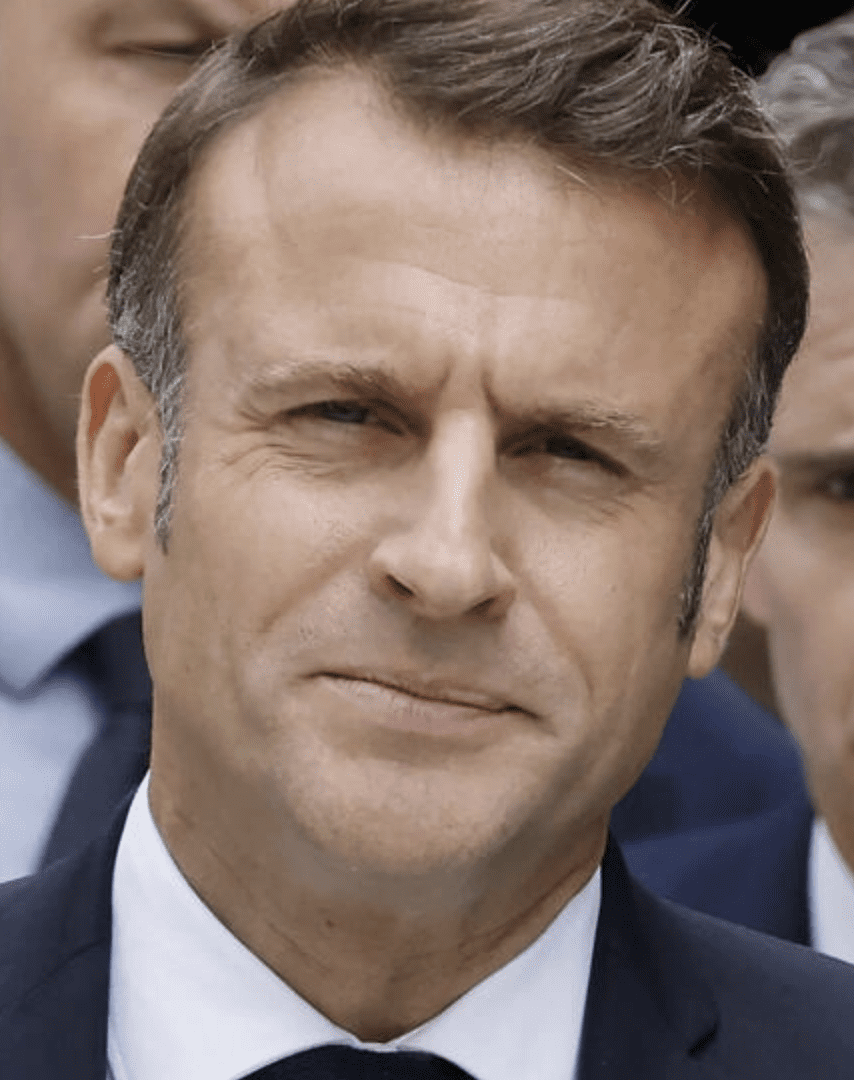
Politics in France has been the equivalent of a wild roller coaster ride this past month. A series of elections and results threw supporters of the political right and left for a loop and a half. It also led to political representation from parties and leaders who have never wielded so much power and influence before.
Let’s start from the beginning.
Our first destination is the June 6-9 European Parliament election. A total of 720 Members of the European Parliament were elected in the 27 member states of the European Union. These politicians and parties represent over 450 million people.
French voting for the European Parliament occurred on June 9. The result shocked many individuals and political observers.
The right-leaning National Rally and French Future, running under the party list name La France revient! (France comes back!), finished first with 7,765,936 votes or 31.5 percent. This gave them 30 out of 81 total seats, which was up seven seats from the 2019 European Parliament election.
Besoin d’Europe (Need for Europe), the party list for the Ensemble coalition of eight left-leaning French parties, finished in second place with 3,589,114 votes or 14.56 percent. They ended up with 13 seats, or a decrease of ten seats from the previous parliamentary session. In third place was Réveiller l’Europe (Wake Up Europe), the party list for the left-wing Socialist Party and Place Publique, which finished with 3,401,076 votes or 13.79 percent. They also earned 13 seats, or an increase of seven seats.
The result was a huge embarrassment for French President Emmanuel Macron. His party, Renaissance, is the largest political outfit in Besoin d’Europe. Their loss was his loss, and he knew it.
Macron dissolved the National Assembly and called a snap (or early) election. Two rounds of voting, a long-standing tradition, would determine who would sit in the lower house of Parliament and govern the nation.
Calling a snap election is always a gamble. We’ve seen examples of this in Canada, some resulting in success (BC NDP Premier John Horgan in 2020) and others ending in failure (Ontario Liberal Premier David Peterson in 1990). As then-UK Prime Minister Rishi Sunak and the Tories have also learned, a snap of the fingers can lead to a historic electoral defeat.
It certainly looked like France’s legislative election, our second destination, would result in something similar to what ultimately happened in the UK.
In the first round of voting on June 30, National Rally and its allies, described by the Ministry of the Interior as Union de l’extrême droite (Union of the Far-Right), won 10,647,914 votes (33.21 percent) and 38 seats. They were followed by the New Popular Front, a cobbling of parties from centre-left to far-left, which won 9,042,485 votes (28.21 percent) and 32 seats. Ensemble earned 6,820,446 votes (21.28 percent) to finish in third, but only received 2 seats.
The second round of voting on July 7 told a different story. The Union of the Far-Right won 10,109,044 votes (37.06 percent), but this only led to 104 additional seats for a total seat count of 142. New Popular Front went down in popular support to 7,039,429 votes (25.8 percent), but gained 148 additional seats for a total seat count of 180. As for Ensemble, they staged a remarkable recovery with 6,691,619 votes (24.53 percent) and 157 seats to surge to a total seat count of 159.
No party or alliance ended up with anything close to an absolute majority. Macron’s gamble didn’t pay off. Yet, a coalition of parties on the centre-left and far-left were now nominally in control of the lower house – and the French centre-right and far-right witnessed a different outcome from the first round of legislative voting and European Parliament election.
What happened? In a word, “fear.”
Some French voters either reconsidered their previous support for National Rally, or voted more strategically for left-wing parties and alliances. They were afraid of being associated with the far-right at home and abroad. This was in spite of the fact that Marine Le Pen, the parliamentary party leader, had cleaned up the ugly words, actions and ideas of her controversial father, Jean-Marie.
Le Pen previously conducted a “de-demonization” of the original party, the National Front. She suspended and expelled controversial members, including her father in 2015. She softened policies related to race, religion, marriage and globalization. She shifted the party’s focus on Islam to opposing Islamic terrorism. She improved relations with Jews and Israel, aided by her then-domestic partner Louis Aliot, who is of Algerian-Jewish descent. She established a moderate and inclusive image to attract non-traditional support.
Is National Rally perfect? No. It still attracts screwballs, and had to remove several candidates after allegations of racist and sexist views emerged. Le Pen has been critical of NATO and the U.S., and made supportive comments about Russian President Vladimir Putin. The party has similar policies to the old National Front on immigration, protectionism and nationalism.
To suggest that Marine Le Pen’s National Rally is a carbon copy of Jean-Marie Le Pen’s National Front would be a significant stretch, however. It’s not even close to being the same entity – and the daughter clearly isn’t the same as her father.
The electorate wasn’t willing to take the plunge. Instead, they chose the New Popular Front coalition which includes far-left politicians from the Socialist Party, Ecologists, French Communist Party, La France Insoumise, Génération.s and others. This means that the National Assembly will be in the hands of radical leftists who despise capitalism, free markets and private enterprise, as well as the cherished principles of liberty, democracy and freedom.
The NPF’s first order of business? They want to raise the minimum wage, establish price controls on gas, electricity and food – and initiate a 90 percent tax on all income above €400,000. Wait, what? That’s an insane economic policy that could easily wipe out the income of many French residents, and not just the wealthy. It could lead individuals and families to shift their earnings and savings to countries with lower tax rates – or, in other cases, frustrate them to the point of leaving the country altogether.
France’s fears of the far-right pushed voters into the waiting arms of the far-left. The country’s political and economic future looks extremely bleak. New tickets for that wild roller coaster ride are apparently being printed as we speak, too.
Michael Taube, a longtime newspaper columnist and political commentator, was a speechwriter for former Canadian prime minister Stephen Harper.
The views, opinions and positions expressed by columnists and contributors are the author’s alone. They do not inherently or expressly reflect the views, opinions and/or positions of our publication.

Opinion poll guru Éric Grenier has recently noted that PM Justin Trudeau is “in a deep polling hole.” And “few prime ministers have dug themselves out this far out from an election.”
Assume, in other words, that the National Post is wrong. An “enfeebled Trudeau” does not have “the NDP seriously reconsidering its support.”
As the March 2022 supply and confidence agreement between the Liberals and New Democrats broadly envisions, the next federal election in Canada probably will take place not quite two years from now, in the fall of 2025.
Yet, Mr. Grenier points out, even with this kind of contest, historically only two federal leaders with equally bad (or worse) polling numbers this far away have gone on to win the next election.
Both were Conservatives. The more recent is Brian Mulroney. His party was 15 points behind in 1986, but then won a majority of seats in the 1988 election. (Justin Trudeau is 14 points behind in 2023, awaiting an election in 2025 — again probably.)
Some 30 years before this, John Diefenbaker’s party in 1956 was 16 points behind, under George Drew. Then Dief succeeded Drew that December. And the Diefenbaker Progressive Conservatives won the biggest election victory in Canadian history in 1958.
Both the 1958 and 1988 federal elections had unusual features. Quebec Premier Maurice Duplessis gave an unexpected boost to Diefenbaker in 1958. The Canada-US Free Trade Agreement was the key issue in 1988!
The Justin Trudeau who has already won three consecutive federal elections in 2015, 2019, and 2021 (albeit with two minority governments), is swimming against the historical tide in another way as well. The last Canadian PM to win four elections in a row was Wilfrid Laurier in 1908.
At the same time, today’s calculations stressing points behind the poll leader may be misleading.
Consider the latest 338Canada polling projections. They give the Conservatives an almost astounding 205 seats (where 170 is a bare majority) in a federal election held now. But they still show the Liberals and NDP together with more of the cross-Canada popular vote (45%) than the Conservatives (40%).
Moreover, if you add the Greens and (say) about half the Bloc Québécois vote to the progressive equation, the current broadest quasi-governing group in parliament, intermittently identified with PM Justin Trudeau, would get 52% of the popular vote in a federal election held right now.
Similarly, Jagmeet Singh’s New Democrats did recently support Pierre Poilievre’s Conservative motion to exempt all home heating from the federal carbon tax. But this was only after NDP House leader Peter Julian pronounced the Poilievre pitch “clearly not a confidence motion.”
(And, as it happened, the NDP only voted for the Conservative motion after Bloc Québécois Leader Yves-François Blanchet had announced that his MPs would vote against it, alongside the Trudeau Liberals. The motion was finally defeated 186 to 135 in the House.)
In such ways the second Justin Trudeau Liberal minority government, supported on crucial supply and confidence votes by Jagmeet Singh’s New Democrats (and others), does at the moment seem to stand a reasonable chance of surviving until October 2025.
Very recently the prime minister looked very strong in the House as well, in a spirited early November exchange with Official Opposition Leader Poilievre, on divisiveness in Canadian politics. More of this could help Justin Trudeau overcome dissatisfaction inside his own party, and run as leader again in 2025 (as his plan still does seem to be).
If current polling trends carry on into 2024 and beyond, whenever the next federal election exactly happens the Poilievre Conservatives may finally win something like the 211 seats won by the Mulroney Conservatives in 1984. (When John Turner replaced Pierre Trudeau as Liberal leader.)
On the other hand, however inexact they may be as Liberal models of 2023 and 2025, the Diefenbaker Conservatives in 1956 and 1958, and the Mulroney Conservatives in 1986 and 1988, do show that coming back from polling holes even somewhat deeper than Justin Trudeau’s at the moment is not historically unprecedented.
Much stirring of political plots around the world is in the air right now — along with many unpredictable human calculations. What, just as an example, if the part of the female vote that lately seems to have abandoned PM Trudeau returns to the fold?
As Kaniz Supriya at the online Business Standard site explained this past summer, “Justin … is probably one of the most good-looking prime ministers in history.”
The views, opinions and positions expressed by columnists and contributors are the author’s alone. They do not inherently or expressly reflect the views, opinions and/or positions of our publication.
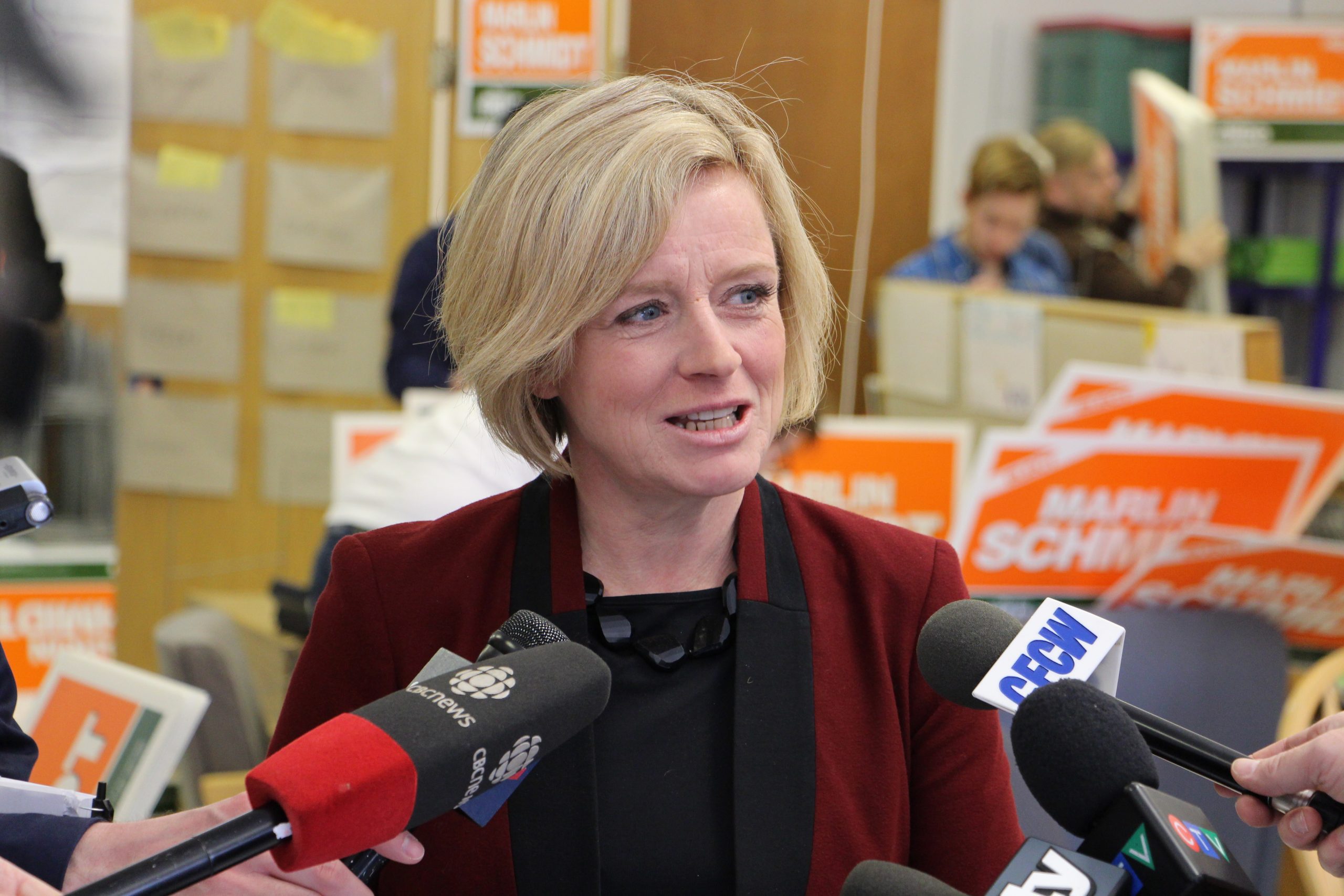
This content is restricted to subscribers
The views, opinions and positions expressed by columnists and contributors are the author’s alone. They do not inherently or expressly reflect the views, opinions and/or positions of our publication.
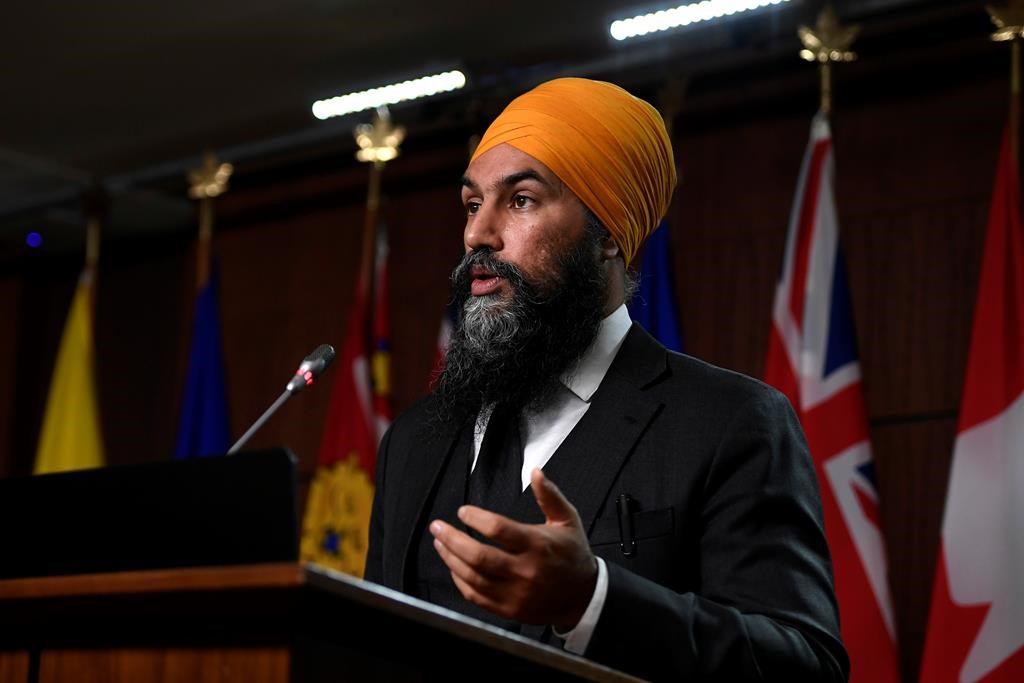
This content is restricted to subscribers
The views, opinions and positions expressed by columnists and contributors are the author’s alone. They do not inherently or expressly reflect the views, opinions and/or positions of our publication.

Become a subscriber today!
Register